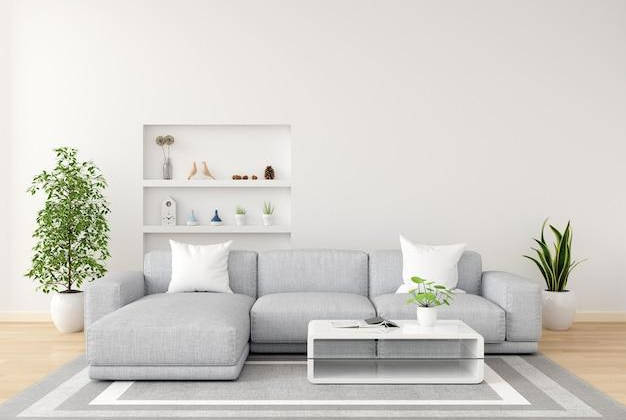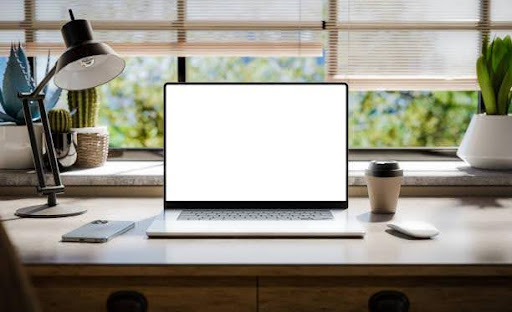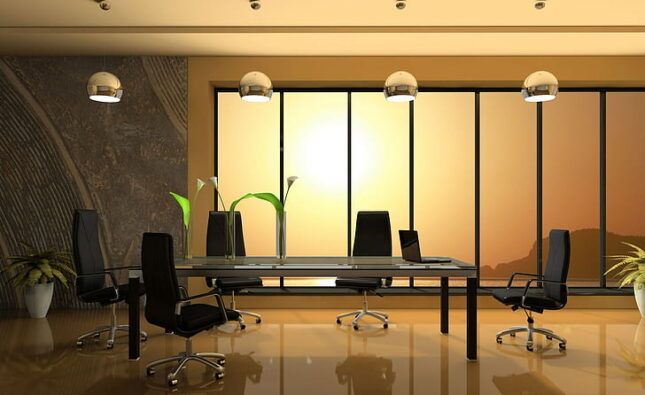
Introduction to office table design
The office table, once a mundane piece of furniture, has evolved dramatically over the years. From its inception as a simple surface for paperwork to its modern incarnation as a multifunctional hub for productivity, the design of office tables has undergone significant transformations. In this article, we’ll delve into the evolution of office table design, exploring the factors driving change, the latest trends, and the impact of innovative design on workplace efficiency and well-being.
Historical Context
The concept of the office table dates back to ancient times when scholars and scribes used rudimentary desks for writing and record-keeping. However, it wasn’t until the industrial revolution that office tables became commonplace, as the rise of bureaucracy and administrative tasks necessitated dedicated workspaces. Early office tables were typically large, heavy wooden structures, designed primarily for function rather than aesthetics.
Modernization and Ergonomics
As technology advanced and office environments evolved, so too did the design of office tables. The introduction of computers in the workplace necessitated desks with integrated features such as keyboard trays and cable management systems. Ergonomics became a key consideration, leading to the development of adjustable height desks and ergonomic chairs to promote employee comfort and well-being.
Space Optimization
With the rise of open-plan offices and the increasing emphasis on collaboration, there has been a growing demand for office tables that maximize space utilization while facilitating interaction among employees. This has led to the emergence of modular and flexible table designs that can be easily reconfigured to suit changing work needs. From modular workstations with movable partitions to communal tables that encourage teamwork, modern office tables are designed to promote collaboration and creativity.
Aesthetics and Branding
In addition to functionality, aesthetics have become an integral aspect of office table design. Companies recognize the importance of creating visually appealing workspaces that reflect their brand identity and corporate culture. As a result, office tables now come in a variety of styles, materials, and finishes, ranging from sleek and minimalist to bold and expressive. Customization options allow organizations to tailor their office furniture to align with their branding and design preferences.
Integration of Technology
The integration of technology has revolutionized the modern office table, transforming it into a hub of connectivity and productivity. From built-in power outlets and USB charging ports to wireless charging pads and integrated screens, today’s office tables are equipped with an array of technological features designed to enhance efficiency and streamline workflow. This seamless integration of technology not only reduces clutter but also empowers employees to stay connected and productive throughout the workday.
Well-being and Sustainability
In recent years, there has been a growing emphasis on designing office spaces that prioritize employee well-being and environmental sustainability. Office tables are no exception, with manufacturers incorporating eco-friendly materials and ergonomic features aimed at promoting health and comfort. Height-adjustable desks encourage movement and reduce the health risks associated with prolonged sitting, while sustainably sourced materials help minimize the environmental impact of office furniture production.
The Future of Office Table Design
Looking ahead, the future of office table design is likely to be shaped by advancements in technology, changing work habits, and evolving workplace dynamics. With the rise of remote work and flexible schedules, there may be an increased focus on portable and adaptable table solutions that cater to the needs of mobile workers. Virtual reality and augmented reality technologies could also play a role in transforming the traditional office tables into a collaborative digital workspace.
Conclusion
In conclusion, the evolution of office table design reflects the shifting dynamics of the modern workplace. From its humble origins as a utilitarian surface to its current status as a multifunctional hub of productivity, the office table has undergone remarkable transformations driven by technological innovation, ergonomic principles, and changing work practices. As we continue to embrace new ways of working, the office table will undoubtedly remain a central fixture in the ever-evolving landscape of workspaces.










